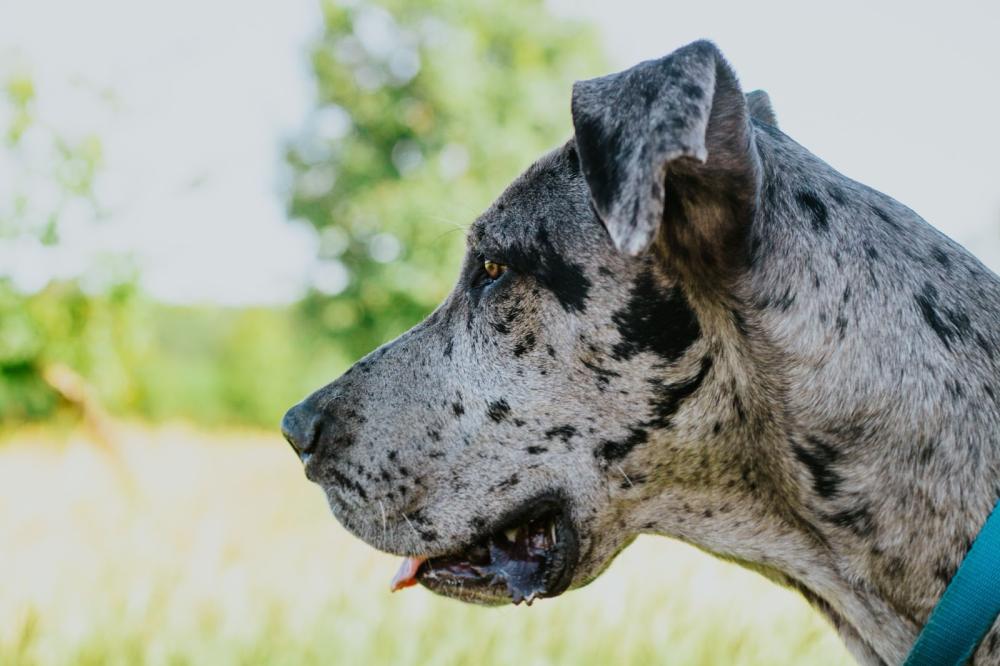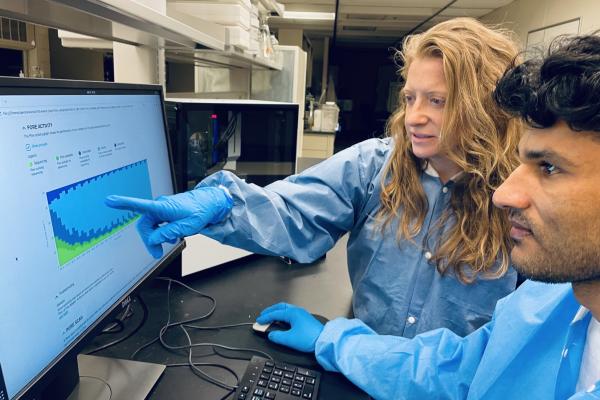What makes some tumors grow so quickly?
May 24, 2023

Photo by leonides ruvalcabar on Unsplash
Researchers at the University of Minnesota have found that a gene called PTEN appears to determine how fast certain osteosarcoma tumors grow. Tumor cells in the study that did not have the gene divided more often than those where PTEN was present, meaning those without the gene grew and spread more rapidly.
The finding was a collaboration between the College of Veterinary Medicine (CVM) and the Masonic Cancer Center (MCC). According to the study’s lead author Aaron Sarver, an assistant professor in the Institute of Health Informatics at MCC, the findings are a milestone in the quest to develop tailored cancer treatments not just for osteosarcoma, which originates in the bones, but for other cancers as well.
“If we understand the behavior of the tumors, we can treat them differently,” he said.
The partnership between the CVM and MCC was key to the discovery. The unique collaboration houses animal and human cancer research under the same roof, making it fertile ground for cancer therapy research. Through the partnership, researchers at MCC were able to collaborate with experts at the CVM who have vast experience working with sarcomas in pets and the samples needed to conduct the work.
Sarcomas—a broad family of cancers that affect soft tissues and bones—are rare in humans, making up about 15 percent of childhood cancers and just 1 percent of cancers in adults. The higher incidence of sarcoma in dogs provides a unique opportunity to understand how these cancers behave, and eventually develop and test therapies that could help both species.
Dogs and humans have about the same number of genes––around 20,000––and many of the same ones, just in different orders. In the dog genome, PTEN is always found at the end of a chromosome, where it can break off and be lost. In most other species, PTEN is in a more protected area, and osteosarcomas are much more rare––and difficult to study.
The older a dog gets, the more opportunities there are for PTEN, and neighboring genes that can become tumor suppressors by proxy, to get lost.
“It is now apparent that humans and dogs share a major risk factor for cancer and other chronic diseases of aging that is related to a massive expansion of their expected lifespan over short periods of time,” said Jaime Modiano, the Perlman Professor of Oncology and Comparative Medicine in the Department of Veterinary Clinical Sciences and director of the Animal Cancer Care and Research Program in the CVM.
As researchers learn more about how PTEN and other shared drivers of cancer influence tumor behavior in dogs, the information could lead to more precise tests and therapies for canines that attack vulnerabilities in tumors––a finding that could one day help both species.
Read the full study in Cancer Genetics.


